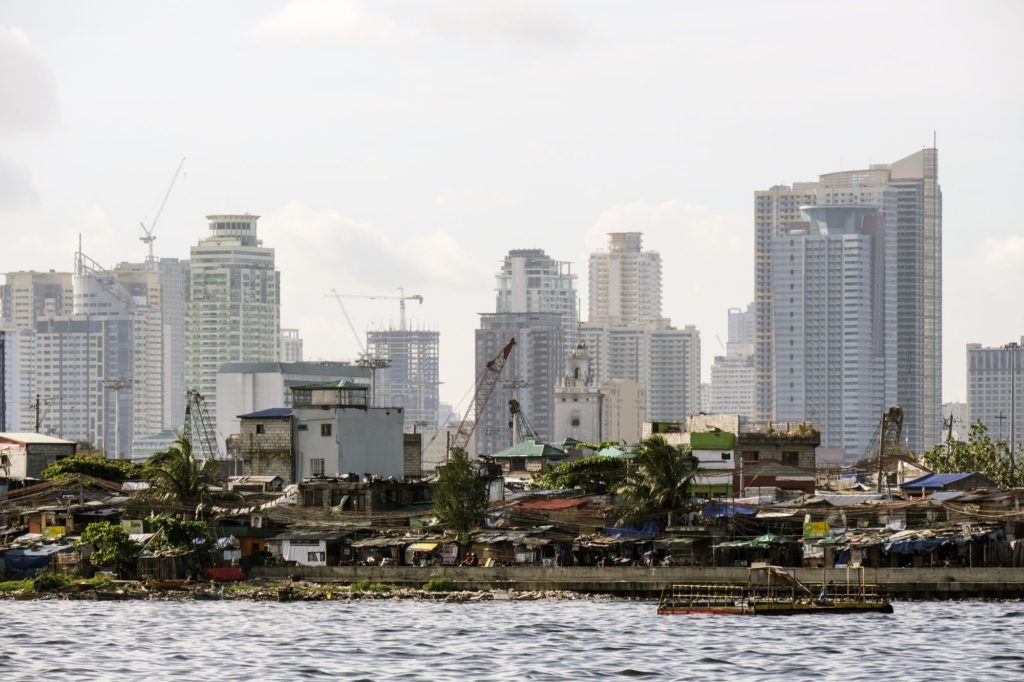(Bloomberg) — Rising seas have long been a threat to coastal cities. New research suggests that cities—particularly in Asia—are sinking as well, compounding the risks of frequent and severe flooding.
In Karachi, land is sinking five times as fast as the sea level is rising, according to the study published this month in Geophysical Research Letters. Manila and Chittagong, Bangladesh’s second-largest city, are sinking at 10 times the rate of the rising waters.
In China’s Tianjin, a coastal city about 150 kilometers southeast of Beijing, the ground is giving way at 20 times that speed.
In those four cities alone, the phenomenon could affect roughly 59 million residents.
The study, which used satellite data to analyze 99 cities around the world from 2015 to 2020, points to groundwater extraction related to rapid urbanization and population growth, oil and gas production, and construction.
There is good news in the report. Government interventions in Indonesia and China have slowed the rate of sinking in Jakarta and Shanghai, primarily through regulations that reduced groundwater extraction. Jakarta’s average annual “subsidence rate” fell to 20 millimeters, a decrease of more than 90% from 2010 to 2020. And most of Shanghai is now stable, though parts of the city show subsidence of up to 10 millimeters a year.
But cities that fail to generate the capital investment and take actions to slow the sinking “will be challenged by flooding much sooner than projected by sea-level rise models,” the study warned.
More stories like this are available on bloomberg.com
©2022 Bloomberg L.P.











